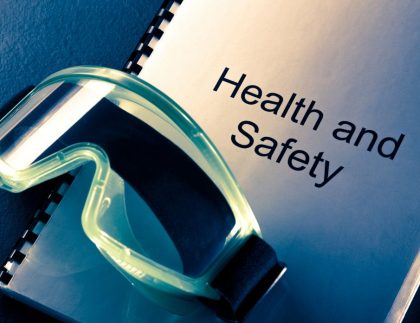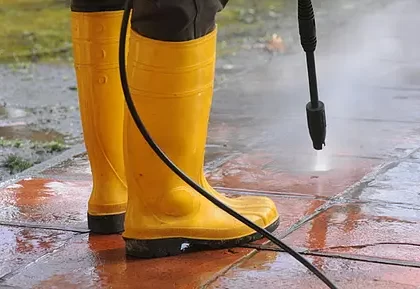
5 Reasons to Adopt Green Cleaning Practices for Safer Schools
By now, you’re probably at least acquainted with green cleaning practices. These practices are based on the idea of working with more environmentally-friendly supplies and equipment and using cleaning products made without harsh chemicals.
“Green cleaning” sounds good and seems like the kind of thing parents and school administrators want to hear. But it’s not always so easy to adopt green cleaning practices. Indeed, you want your buildings to look nice and remain environments that are healthy for everyone including your team. However, you also need to consider other factors that go into green cleaning such as material costs, availability, effectiveness, ease of use and product handling training.
You’re also working to convince school officials that it’s in their best interest to move toward green cleaning. To do so, you have to justify the switch and explain if or how the change would benefit the students, staff, and, naturally, the bank account.
In other words, what are the benefits? How will green cleaning impact the school, and how will it make the school safer?
5 Ways Green Cleaning Practices Can Make Your School Safer
From a janitorial perspective, a safe school means the building occupants are safe from viruses and infections. That’s only part of it, though. A safe school actively produces the conditions for students and staff to thrive and to be in an environment conducive to learning. So how do green cleaning practices impact these types of areas?
1. Decrease in asthma. Numerous studies have linked harsh chemical cleaners with lung problems like asthma, irritation, and congestion. One study found that “27 percent of work-related asthma in adults is attributable to equipment cleaning and cleaning product use in general.” We also know that children are more susceptible to environmental irritants, so it’s not hard to see how green cleaning practices like switching to natural cleaning products could benefit your school.
2. Decreased dust in the air. Using HEPA-equipped vacuums reduces the number of irritants that get into the air, leading to a cleaner environment and safer air for students and staff. The EPA reports that HEPA filters can remove up to “99.97 percent of dust, pollen, mold, [and] bacteria.”
3. More effective contaminant control. Microfiber cloths and mops are more environmentally friendly, as they require less water and cleaning chemicals to work effectively. But when it comes to healthier and safer schools, the benefits are undeniable. For example, the Washington state Department of Environmental and Occupational Health Sciences reports that microfiber mops can reduce surface bacteria levels by 99 percent compared to 30 percent for traditional cotton mops. As a bonus, microfiber is cost-effective since it requires less cleaning solution and can clean more area than a cotton cloth.
4. Minimal irritation. Chemical cleaning products can cause issues like contact dermatitis, itching, and other reactions. That’s not just for direct contact, either. When children with much more sensitive skin than ours touch recently cleaned surfaces, residual cleaning chemicals may irritate their skin. While this is also possible with green products, it’s much less likely due to the nature of the ingredients.
5. Just as effective as chemical cleaners. One of the concerns many people have around green cleaning practices and using green cleaning products is that they won’t be effective. However, when chosen carefully and used properly, these cleaners can be just as effective as chemical cleaners. You can search the EPA’s list of DfE-Certified Disinfectants for products that meet different criteria. For example, you can search by active ingredient, commercial or home use, and filter results to get just those recommended as effective against COVID-19.
While the above is just a sample, there are numerous other reasons to adopt green cleaning practices. The bottom line is, when it comes to safety in school environments, less toxic products can make a world of difference and can be just as effective as their harsher counterparts.










